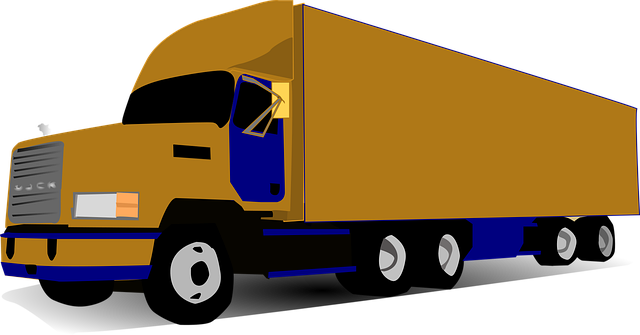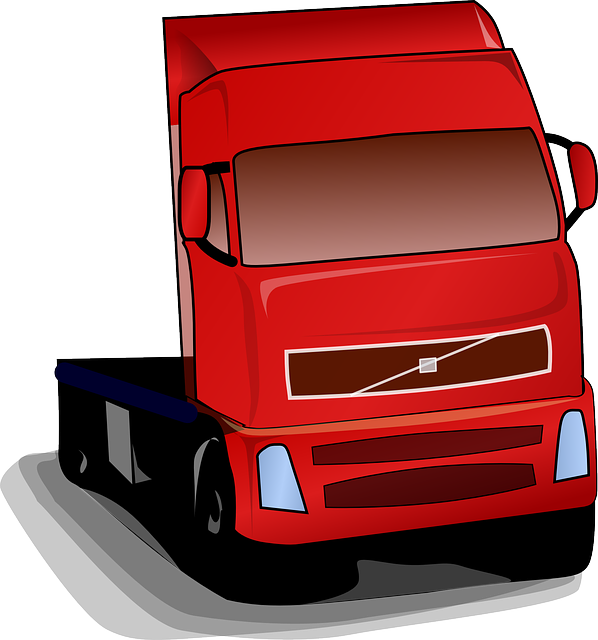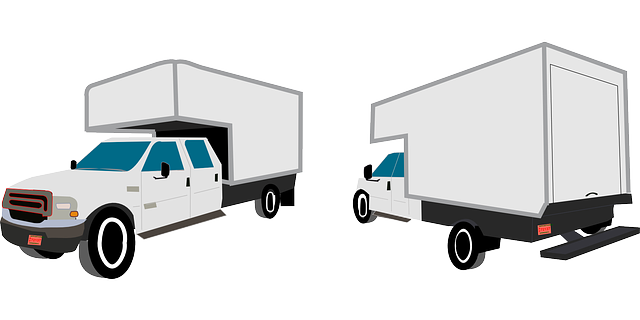Looking to register your car in California? This comprehensive guide walks you through the entire process, from understanding crucial requirements to securing your license plates. First, grasp the need for DMV VIN verification, ensuring your vehicle’s compliance. Gather essential documents and prepare for your visit. Then, follow steps to complete the application, making the necessary payments. Finally, receive your registration details and plates, legalizing your ride in the Golden State.
- Understand California Car Registration Requirements
- Gather Necessary Documents for DMV Visit
- Perform Vehicle Identification Number (VIN) Verification
- Complete Application and Payment Process at DMV
- Receive Your Registrations and License Plate Information
Understand California Car Registration Requirements

Before registering your car in California, it’s crucial to understand the state’s specific requirements. The California Department of Motor Vehicles (DMV) mandates that all vehicles operated within the state be properly registered and display valid license plates. This process involves several steps, including providing necessary documentation, passing emissions tests, and completing a vehicle identification number (VIN) verification.
A key component of this verification is ensuring the VIN accuracy through proper inspection. California offers both in-person and mobile VIN verification services, allowing you to confirm your car’s identity conveniently. Utilizing a service like a mobile VIN verifier or inspector can streamline the registration process by providing instant results and eliminating unnecessary visits to DMV offices. This not only saves time but also ensures that all documents are in order, leading to a smoother and faster car registration experience.
Gather Necessary Documents for DMV Visit

Before heading to the California DMV, make sure you’ve gathered all the essential documents. This includes your vehicle’s registration from the previous state, a valid driver’s license, and proof of insurance. The DMV VIN verification process requires accurate information about your car, so have your vehicle identification number (VIN) ready. Additionally, consider bringing along any records related to recent maintenance or repairs, as these can streamline the inspection process.
For a smoother experience, some individuals opt for a mobile vin verifier or mobile vin inspection. These services allow you to complete the necessary checks and verifications from the comfort of your home or on-the-go, saving time and effort. However, it’s still crucial to ensure that all documents are in order and accurate before visiting the DMV to register your vehicle in California.
Perform Vehicle Identification Number (VIN) Verification

Before proceeding with the registration process, it’s crucial to have your vehicle’s Vehicle Identification Number (VIN) verified by the California DMV or an authorized agent. This step is essential as it ensures that the car’s history and specifications match the information provided during registration. A mobile vin verifier can be a convenient option for many, allowing for remote and efficient VIN inspection.
During this process, you’ll need to provide your vehicle’s unique 17-character VIN code, which can typically be found on the vehicle’s title, registration documents, or under the bonnet. The DMV or inspector will cross-reference this number with their databases to confirm the vehicle’s identity, previous ownership history, and any reported accidents or mechanical issues. This verification step is a game-changer in ensuring accurate car registration and safeguarding against potential fraud.
Complete Application and Payment Process at DMV

To complete the registration process, you’ll need to submit a fully executed vehicle registration application along with your payment at any California DMV office. Make sure your vehicle is eligible for registration by checking the requirements beforehand, including ensuring it has passed the necessary smog test or emissions inspection if applicable. The application process involves providing detailed information about your vehicle, such as its make, model, year, and unique Vehicle Identification Number (VIN). A key step in this process is the DMV VIN verification, which ensures the validity of your car’s identification.
During your visit, you can opt for a mobile vin inspection or utilize the services available at any DMV location. This verification helps streamline the registration by confirming your vehicle’s details and ensuring all records are accurate. Remember to bring all required documents, including proof of insurance, title, and identification, to avoid delays in completing your car’s registration.
Receive Your Registrations and License Plate Information

After submitting your registration application at the DMV, it’s crucial to receive your confirmation and license plate details. This typically involves a thorough DMV VIN verification process to ensure the vehicle’s identity and history align with the information provided. A vin inspection is a critical step in this process, ensuring that your car meets all necessary safety and environmental standards.
You can expect to receive your unique California license plates within a few days or weeks, depending on the application volume. Additionally, you may have the option of choosing specific plate designs or customizing them if available. Keep track of your mobile VIN verifier or mobile VIN inspection app for easy updates and reminders regarding your vehicle’s registration status.
Registering a car in California involves understanding state requirements, gathering essential documents, and completing a straightforward process at the Department of Motor Vehicles (DMV). After performing a DVIN verification, you’ll fill out an application, make the necessary payments, and receive your registration and license plate information. Remember to keep your paperwork up-to-date for smooth driving in the Golden State.



